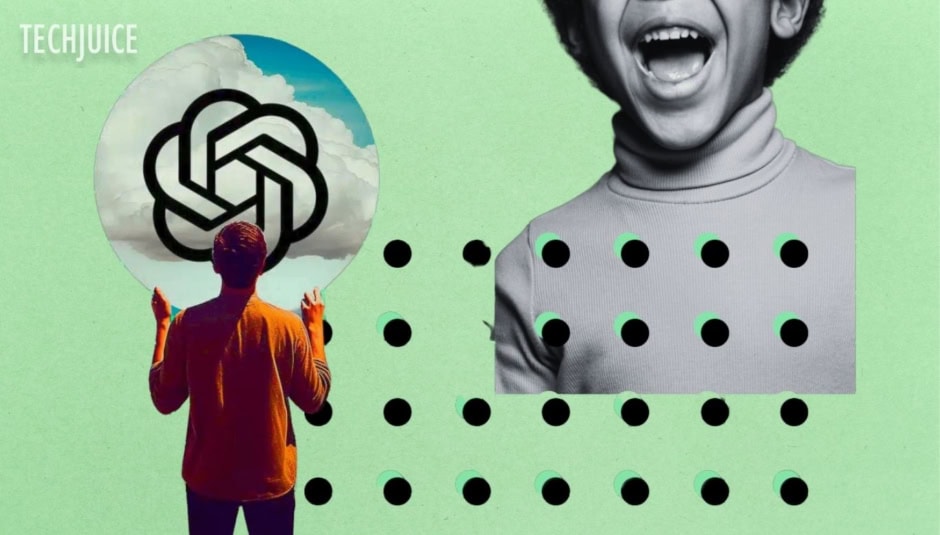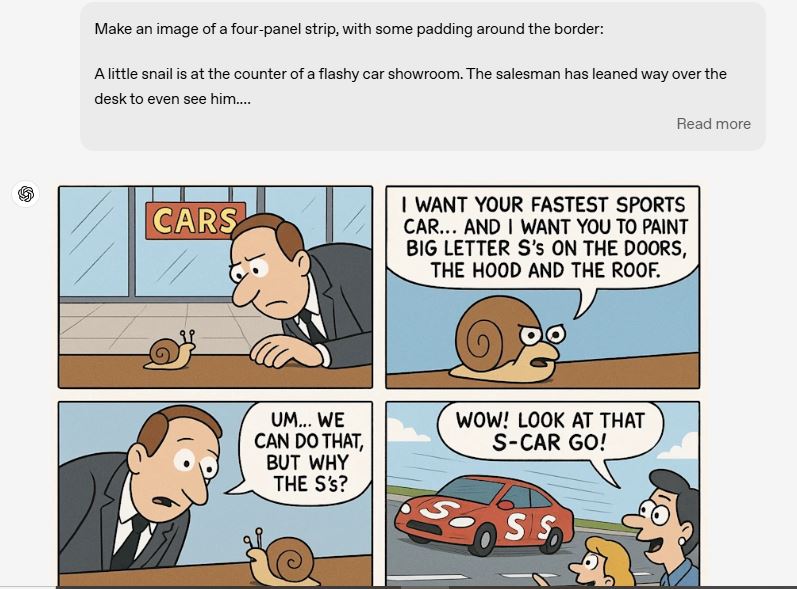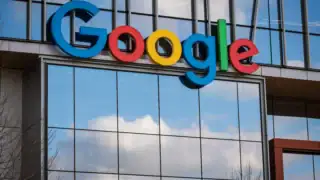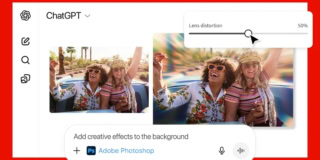OpenAI Enhances ChatGPT with Powerful Native Image Generation Using GPT-4o

OpenAI has rolled out a major update to ChatGPT, introducing native image-generation capabilities powered by its advanced GPT-4o model. This marks the first significant upgrade in over a year, enabling users to create and edit images directly within the chatbot.
GPT-4o now extends beyond text, allowing users to generate and modify images seamlessly. Unlike previous versions, this model takes a bit more processing time to deliver highly detailed and accurate visuals. It also introduces enhanced “inpainting” abilities, letting users refine images, alter backgrounds, and modify elements—including images with people—within a conversational interface.
The upgraded image-generation feature is now accessible to Pro plan subscribers at $200 per month, with plans to extend it to Plus and free-tier users soon. Developers using OpenAI’s API services will also gain access.
Smarter AI with Improved Text Rendering
One of GPT-4o’s standout features is its ability to generate text within images more precisely than its predecessor, DALL-E 3. Traditional AI generators often struggle with embedding text into visuals, but OpenAI’s new autoregressive approach helps maintain structure and readability. This advancement makes it ideal for generating complex visual content like infographics, signs, and multi-object scenes—handling up to 20 elements while preserving accuracy.

OpenAI has trained GPT-4o using publicly available data and proprietary datasets from partnerships, including Shutterstock. However, the company remains discreet about its training process due to intellectual property concerns. To address ethical considerations, OpenAI provides an opt-out form for artists who wish to prevent their work from being used in future AI models. It also respects requests from websites blocking web-scraping bots.
Unlike some competitors, OpenAI incorporates safeguards to prevent AI-generated content from mimicking the work of living artists. Additionally, while GPT-4o-generated images won’t have visible watermarks, they will include metadata (C2PA) for traceability.
Competition Heats Up in AI Image-Generation
The update comes as OpenAI faces competition from Google’s Gemini 2.0 Flash, which also introduced native image output. However, Google’s model faced backlash due to weak safeguards that allowed users to bypass watermarks and generate copyrighted material. OpenAI emphasizes its stricter policies to prevent similar issues, aiming to balance creative freedom with responsible AI usage.
With these advancements, ChatGPT is evolving beyond a text-based assistant into a versatile, multimodal AI capable of blending text and visual creativity in real-time. This development could redefine how users interact with AI-generated content, setting new standards for AI-powered creativity.
Sharing clear, practical insights on tech, lifestyle, and business. Always curious and eager to connect with readers.


 2 min read
2 min read
















